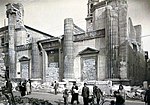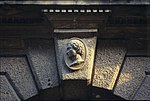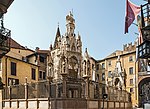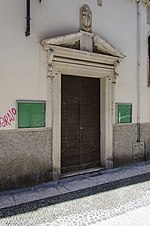National Observatory of Outsider Art
1982 establishments in ItalyEducational institutions established in 1982Universities in ItalyUniversity of Verona
The National Observatory of Outsider Art is a joint Department of the University of Verona, Faculty of Arts (Academy of Fine Arts, Verona). The Academy of Fine Arts of Verona (Italian name: Accademia di Belle Arti Gian Bettino Cignaroli di Verona) is a post-secondary school for studies in the visual arts, founded in 1764. One of the oldest Art Academy in the world, the Accademia Cignaroli is listed among the five Academie Storiche d'Italia (Italian Historic Academies).
Excerpt from the Wikipedia article National Observatory of Outsider Art (License: CC BY-SA 3.0, Authors).National Observatory of Outsider Art
Vicoletto Cieco Dietro San Francesco, Verona Veronetta
Geographical coordinates (GPS) Address Website Nearby Places Show on map
Geographical coordinates (GPS)
| Latitude | Longitude |
|---|---|
| N 45.436666666667 ° | E 11.003611111111 ° |
Address
Università degli Studi di Verona
Vicoletto Cieco Dietro San Francesco
37129 Verona, Veronetta
Veneto, Italy
Open on Google Maps










